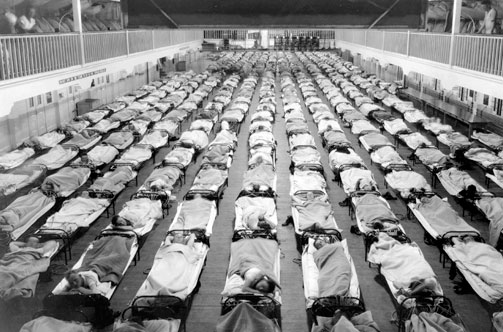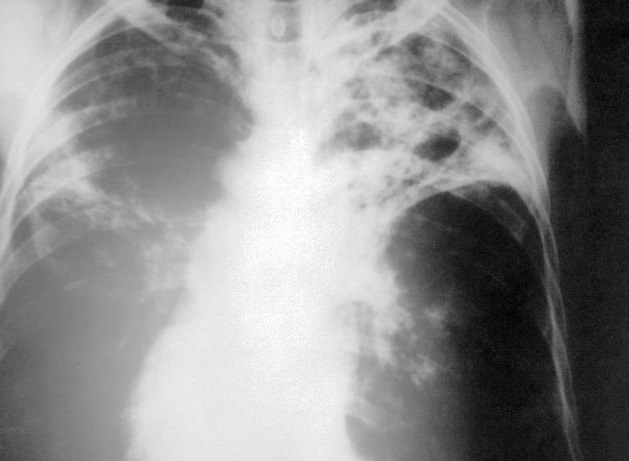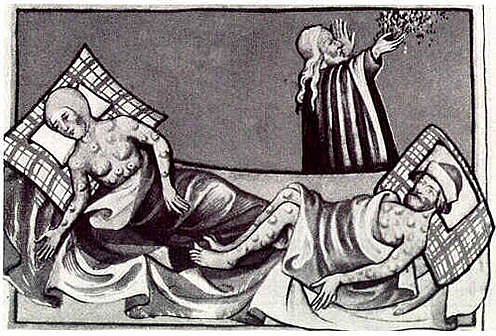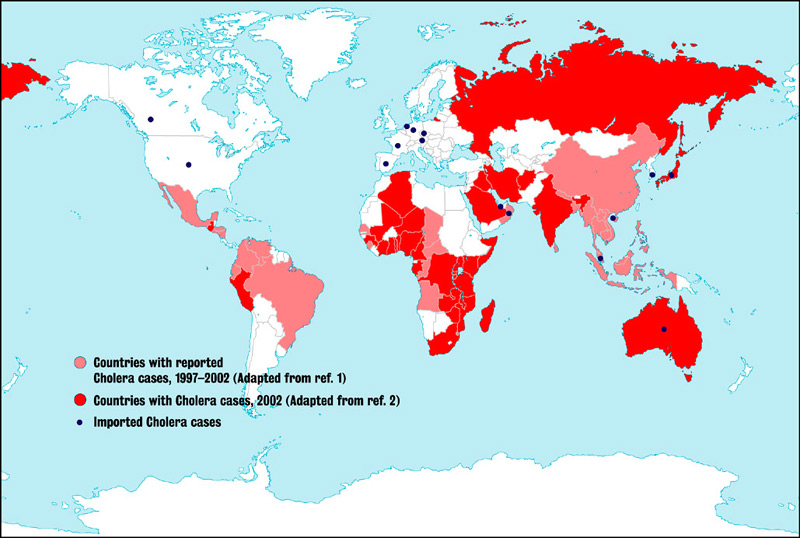5 Of The World’s Worst Epidemics In History

Certain moments in history actually make us think about the world we live in today and feel great about it. Why? Because back in the days, epidemics broke through, some of them from nowhere and all of a sudden half of your country’s population was wiped out from existence.
Centuries ago, medicine was brought to it’s knees by fearsome epidemics and so was humanity. Luckily, technological improvements and advanced research in medicine have managed to eradicate some of them. But many still present a threat in some parts of the world. Here are 5 of the deadliest diseases in history:
Tuberculosis

Contamination with tuberculosis is due to a bacteria that spreads through the air. TB primarily attacks the lungs while causing other side effects, such as chest pains, night sweats and extreme coughing. It may be one of the “oldest” diseases on earth, as research on the DNA of an ancient Egyptian mummy revealed signs of tuberculosis.
This means thousands of years of continuous attacks on humanity. During the 19th century, one quarter of the adult population of Europe died because of this illness and by 1918 France was still haunted by tuberculosis with one in six deaths caused by it. Nowadays, TB is still affecting nearly 8 million people a year, but fortunately, it can be cured if found in time.
]The Bubonic Plague

It is considered to be the first pandemic on earth, that started in the 14th century. It reduced populations in half in some parts of the world like Europe and Asia, so there’s no wonder why this disease is also referred to as “the Black Death”.
Symptoms included fever, swollen lymph glands, cough, bloody sputum and heavy breathing. Even though the causes of this epidemic are still debatable today, advanced research in medicine have discovered a way to treat it in early stages in case it resurfaces.
The Smallpox epidemic

Starting as a simple variola virus, the smallpox epidemic was blown out of proportions during the 1500’s, when it cut down entire populations. When Europeans firstly debarked in North America in the 1600’s, the disease started to spread and it managed to wipe out 70 percent of the Native Americans. That means over 90 million people!
In Europe, 400,000 people per year were brought down by this illness until the 18th century, when a vaccine was finally created in 1796. Symptoms include high fevers, body aches and severe rash from the fluid-filled bumps that can leave scars on the body if scratched.
Cholera

Cholera strikes ruthlessly, even in present times and the symptoms are close to the ones experienced when having influenza, only worse. It can cause vomiting, diarrhea, cramping and serious dehydration. The latter eventually causes the death of those that don’t manage to keep themselves hydrated because their immune system is fighting the illness.
Cholera was a common disease in India for centuries, and it only started to affect the whole world in the 19th century. Researchers haven’t really found an antidote to this epidemic, as outbreaks are still occurring and are causing the death of 120,000 deaths a year and affecting another 3 to 5 million people.
The Spanish Flu

It is the name given to the great influenza epidemic of 1918 and it is known as one of the deadliest outbreaks humankind has ever experienced. During just one year, this virus managed to cause the deaths of 50 to 100 million people! The fact that it spread so quickly from country to country is not a coincidence. At that time, troops and soldiers were returning to their countries from different parts of the globe, as the WWII was ending. Even though the symptoms of this disease relate to those of a normal flu, complications that caused excessive fluid buildup in the lungs finally caused the death of those contaminated.




